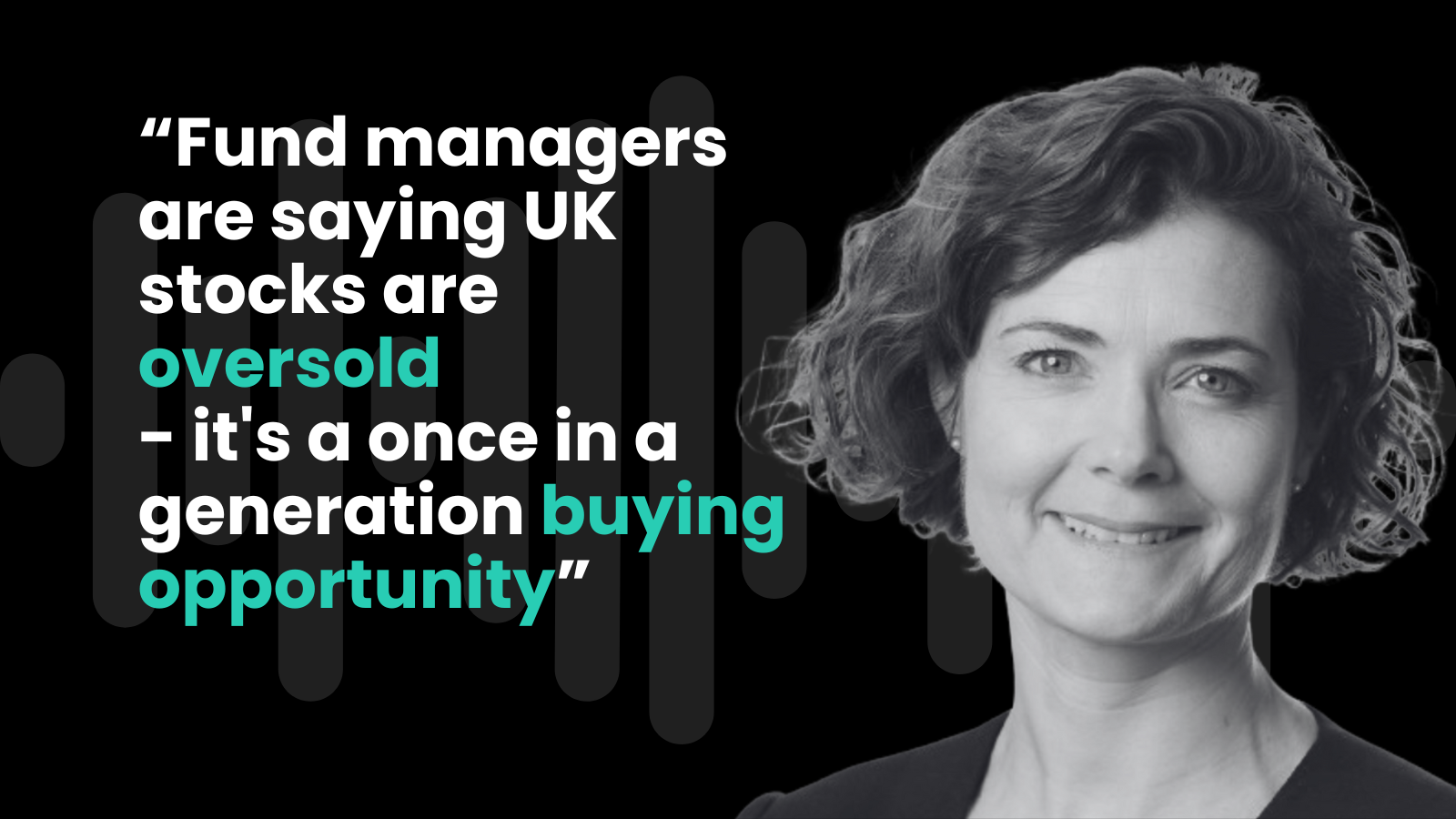The world economy continued to expand in September, but the pace of growth is slowing as post-pandemic momentum ebbs and demand cools.
According to the latest S&P Global and J.P. Morgan Purchasing Managers’ Index (PMI) data, released on November 3rd, the global composite reading stood at 52.9 in August — its highest level since June 2024 and comfortably above the 50-point threshold that separates expansion from contraction.
Yet the mood among firms is increasingly subdued as weaker new orders and tighter financing conditions take hold.
The PMI takes the temperature of the global economy
The PMI, one of the few near-real-time indicators of global business activity, points to a world economy still ticking over, but with fewer cylinders firing. The pattern suggests that while services remain resilient, manufacturing continues to struggle under the weight of declining orders, rising inventories and a waning appetite for capital expenditure.
Regional performance remains patchy. The United States, though slowing modestly, continues to draw support from robust domestic demand and a labour market that has proved remarkably resilient to higher interest rates. Across the Atlantic, the Eurozone remains mired in contraction, its factories suffering from sluggish external demand and persistent weakness in Germany’s industrial sector.
- Fed split signals perilous new phase for US economy
- How will Russian oil sanctions change energy market dynamics?
- Japan: New Prime Minister Takaichi is welcomed by rallying market
China’s manufacturing expansion has lost pace, despite policy stimulus and targeted support for the property market. The Caixin PMI points to an economy stabilising, but not accelerating. By contrast, India and much of Southeast Asia are still expanding briskly, buoyed by steady consumer spending, resilient exports, and diversification efforts that have reduced dependence on China’s supply chains.
Inflation pressures seem to have eased
Inflation pressures have eased globally, with both input and output price indices moderating for a second consecutive month. That offers some comfort to central bankers, who have spent the past two years wrestling with the aftershocks of pandemic-era inflation. Yet employment growth has largely stalled, revealing the fragility of corporate confidence. Firms remain reluctant to hire, wary of locking in costs while margins are being squeezed.
The cooling backdrop complicates decision-making for investors and policymakers alike. A “soft but sticky” environment — where growth persists but lacks conviction — leaves little room for error.
Sectors tied to services and domestic consumption may continue to outperform, while manufacturing, construction and commodity-linked industries could see further strain. Gold has steadied around $4,000 an ounce, reflecting renewed demand for safe assets, while the dollar has firmed against risk-sensitive currencies such as the Australian dollar. The yen, too, has strengthened as traders seek refuge in defensive plays.
Interest-rate expectations have shifted only modestly
Traders have brought forward some bets on cuts into 2026, but central banks remain cautious, reluctant to declare victory over inflation prematurely. For now, policy remains restrictive enough to keep a lid on demand, but not so tight as to push economies into outright contraction — a delicate balance that has kept markets in what analysts are calling a “soft-landing limbo.”
As global growth slows, the PMI has once again become a focal point for traders seeking to read the economic tea leaves.
Even small deviations in headline readings are capable of shifting sentiment and driving short-term volatility. For bigger investors, managing exposure around these data releases has become less about predicting numbers and more about containing downside risk.
The Armchair Trader View
Whether the global economy can sustain moderate growth through the final months of the year will depend on how quickly firms can adjust inventories, and whether central banks judge that enough progress has been made to ease policy. With hiring flat, demand fading, and monetary conditions still tight, the next few PMI readings may reveal whether the world economy is merely cooling — or beginning to catch a chill.






















Comments (0)